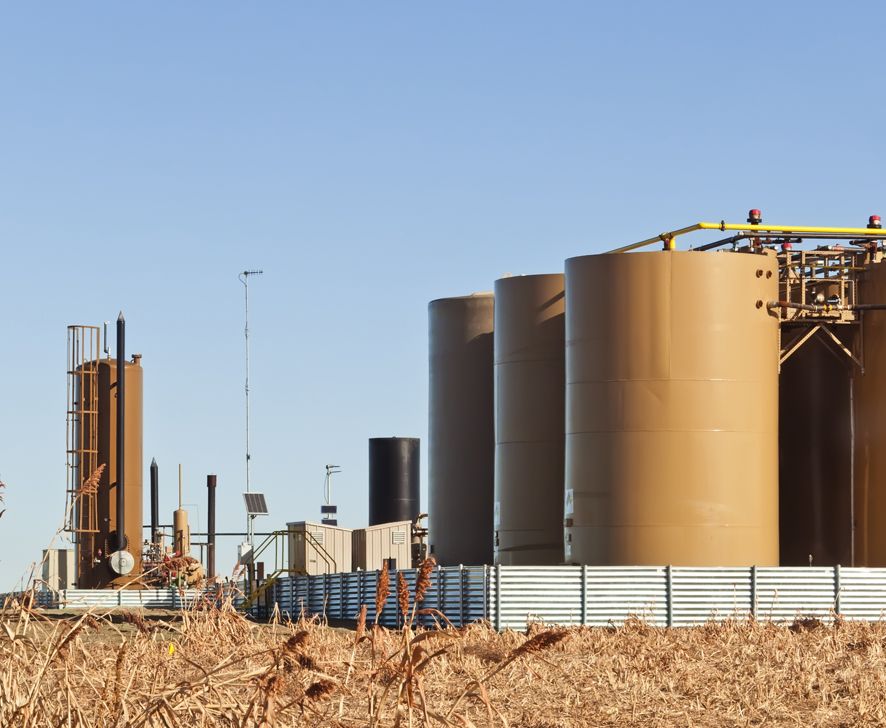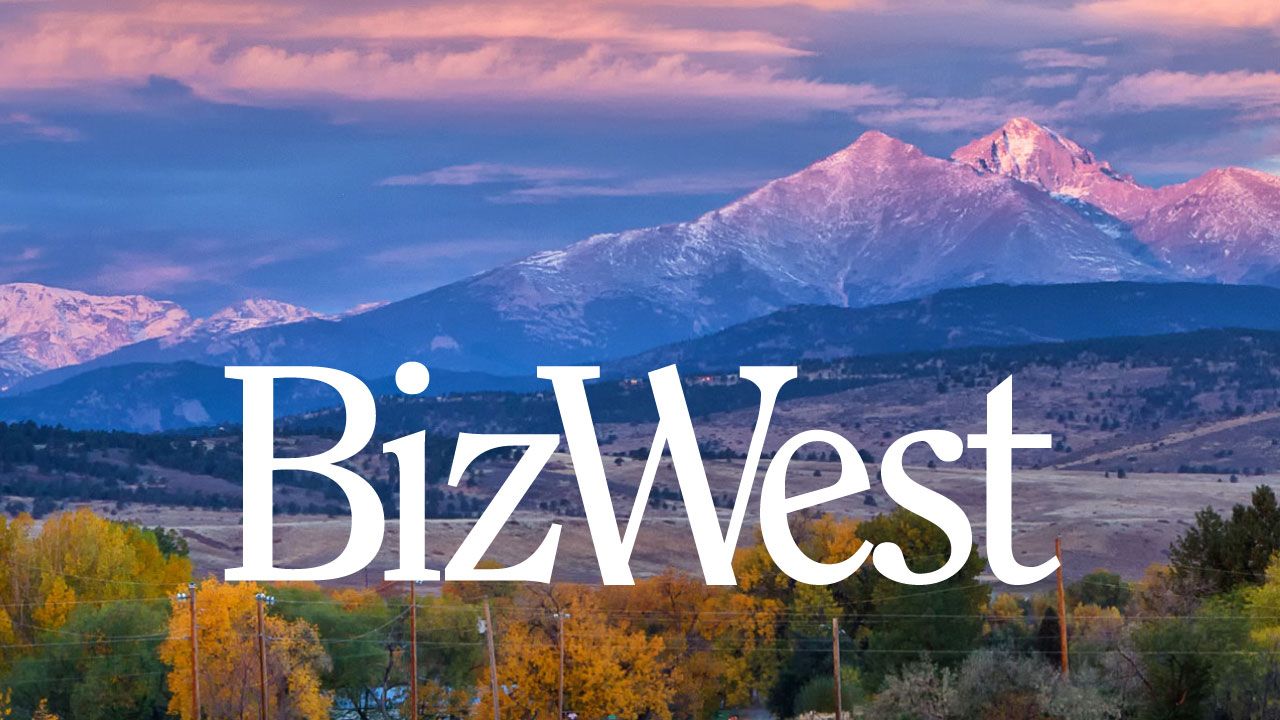Energy Summit: A key year approaches for Northern Colorado’s ozone reduction plan
LOVELAND — Northern Colorado’s ozone levels are threatening both clean air and potential for economic growth, according to panelists at BizWest’s 2019 Colorado Energy Summit.
The ozone layer high in Earth’s stratosphere absorbs most of the ultraviolet radiation from the sun, but is harmful to humans at ground level. Ozone is generated in the near-atmosphere when nitrogen oxides (NOxs) and volatile organic compounds (VOCs), produced by car exhausts, industrial emissions and chemical solvents, are exposed to heat and sunlight.
The region ranging from Denver through the Boulder Valley and up to Larimer and Weld counties is measured to have 79 parts per billion of ozone as of last measurement in 2019. That puts the area in the EPA’s “serious” rankings for the 2008 standard and the “marginal” ranking for the 2015 standard. The federal ozone standard for 2016 to 2018 is 70 parts per billion.
Regional groups are trying to reduce ozone content by 2020 and 2021. If the air quality doesn’t improve by then, the EPA and state officials could upgrade the region’s severity level to “severe-15” by 2008 standards and “moderate” by 2015 standards.
Steve McCannon, deputy director of the Regional Air Quality Council, told forum attendees the high ozone figures aren’t just a threat to public health. If the region is put into a higher air quality improvement plan, that puts heavier air quality regulations into effect and could change the calculations businesses make when considering moving or expanding operations in the region.
“What that does is it lower permit levels that folks and companies have to be under or where they’re at (in terms of pollution levels) to get a permit,” he said. “When companies are moving to Colorado and they see these requirements, they may decide to go somewhere else.”
The largest producer of NOXs are on-road vehicles and oil and gas emissions. Oil and gas production is the largest producer of VOCs. But a lot of ground-level ozone comes from non-human sources, such as wildfires, and can move with the winds across large stretches of land. That’s a major issue for the American west, where several uncontrolled wildfires have hit California and parts of the Pacific Northwest. However, states can remove non-human ozone emissions from their reports to the EPA.
Mike Paules, associate director of the Colorado Petroleum Council, said oil and gas producers are taking voluntary measures to reduce the amount of pollutants released by extraction, including postponing repairs outside of ozone action days and avoiding well swabbing during the summer, along with reducing their vehicle usage while at work and commuting to and from the oilfield.
He provided monitoring data from the Colorado Air Pollution Control Division showing a drop in carbon samples at the Platteville air monitoring site from above 1,500 parts per billion on average in 2013 to below 500 in 2018 despite sharp increases in oil and gas production in Weld County.
“I think that represents the effect of both regulations that have been in place during that time to require us to control our emissions, and it also represents various industry practices where we’ve been able to lower our environmental footprint,” he said.
Steve Vander Griend, technical director at the Urban Air Initiative, a pro-ethanol nonprofit, said aromatics added to gas and diesel to improve octane contribute up to half of the ozone formation from vehicle emissions. He argued that mixing ethanol at higher blends than standard E10 levels would reduce aromatic use and ozone reduction.
“We look at opportunities to lower aromatics even more in the future, because these have a high emission rate and the highest contribution to ozone formation,” he said. “Today, about 98 percent of gas is 10 percent ethanol and the United States actually runs some of the lowest-aromatic fuels in the world. Ethanol has a lot to do with that.”
RAQC officials are researching ways to reduce ozone emissions, including reducing use of certain chemicals in industrial settings, capturing vapor released from gas stations and improving fuel efficiency regulations across the state. But McCannon said the easiest policy options to reduce ozone production is already in effect, and more aggressive policies might be needed.
“The low-hanging fruit is gone in reducing NOx,” he said. “We’re reducing ozone at an incredible rate, but we still have those little problems…. It’s clear something isn’t right here, and we’re under the gun, and we’re all in this together.”
LOVELAND — Northern Colorado’s ozone levels are threatening both clean air and potential for economic growth, according to panelists at BizWest’s 2019 Colorado Energy Summit.
The ozone layer high in Earth’s stratosphere absorbs most of the ultraviolet radiation from the sun, but is harmful to humans at ground level. Ozone is generated in the near-atmosphere when nitrogen oxides (NOxs) and volatile organic compounds (VOCs), produced by car exhausts, industrial emissions and chemical solvents, are exposed to heat and sunlight.
The region ranging from Denver through the Boulder Valley and up to Larimer and Weld counties is…
THIS ARTICLE IS FOR SUBSCRIBERS ONLY
Continue reading for less than $3 per week!
Get a month of award-winning local business news, trends and insights
Access award-winning content today!




